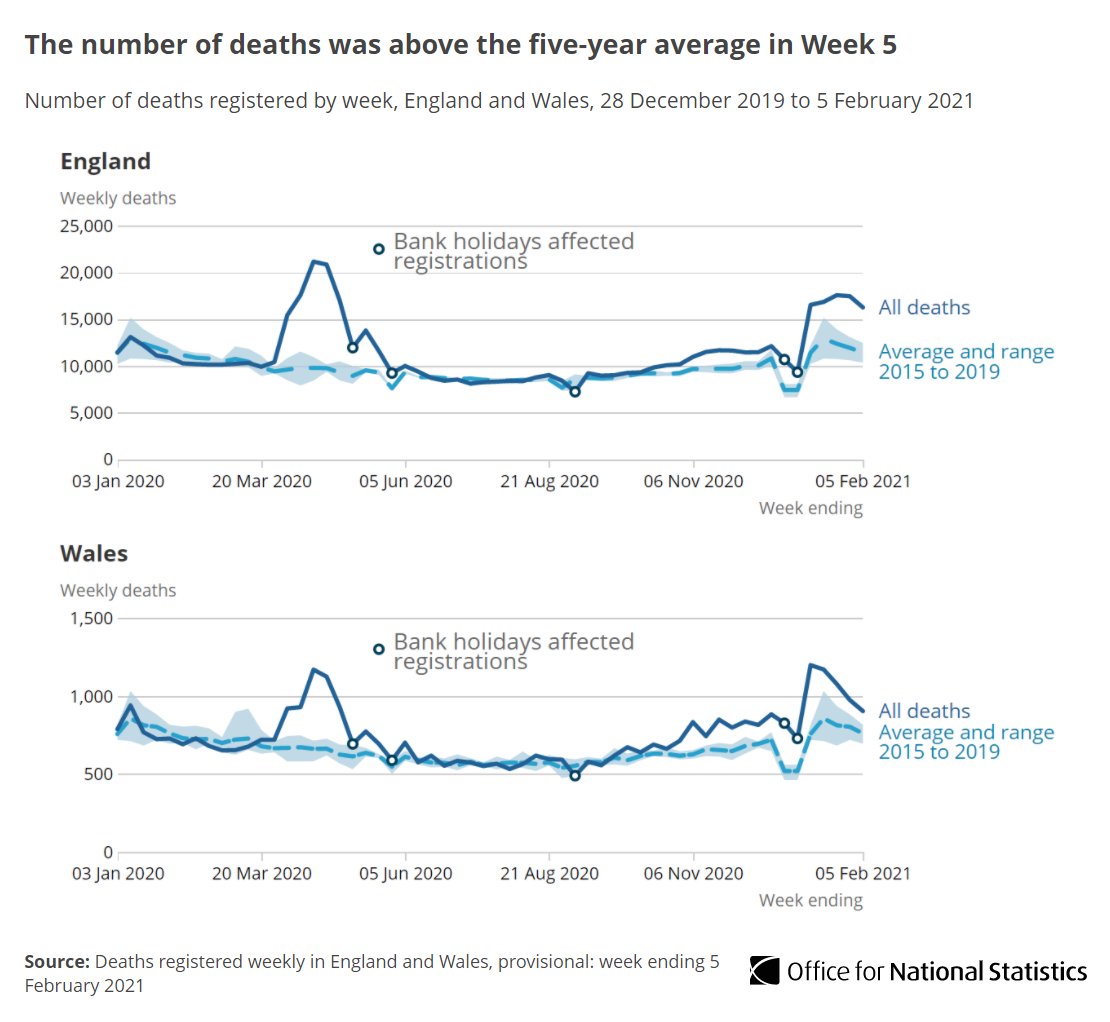
11.6% of young people were not in employment, education or training (NEET) in October to December 2020.
This was up 0.6 percentage points on July to September and up 0.6 percentage points on the same period a year ago ow.ly/EFvi50DPN7E
This was up 0.6 percentage points on July to September and up 0.6 percentage points on the same period a year ago ow.ly/EFvi50DPN7E

There were 797,000 16 to 24 year-olds who were not in employment, education or training in October to December 2020.
This was an increase of 39,000 on July to September and up 34,000 compared with October to December 2019 ow.ly/qNMf50DPNis
This was an increase of 39,000 on July to September and up 34,000 compared with October to December 2019 ow.ly/qNMf50DPNis
The quarterly 39,000 increase was the largest since July to September 2011 and was mostly driven by economically inactive men ow.ly/iUxB50DPNkm
Of all young people who were not in employment, education or training in October to December 2020, 44.3% were unemployed while the rest were economically inactive ow.ly/cRrh50DPNnk
• • •
Missing some Tweet in this thread? You can try to
force a refresh














